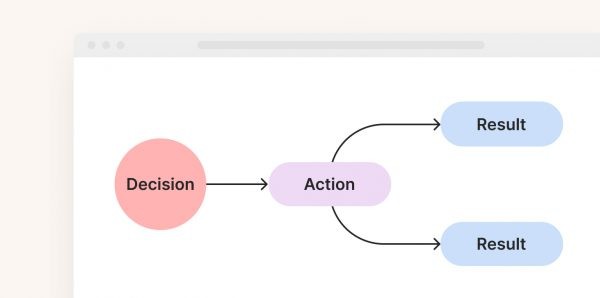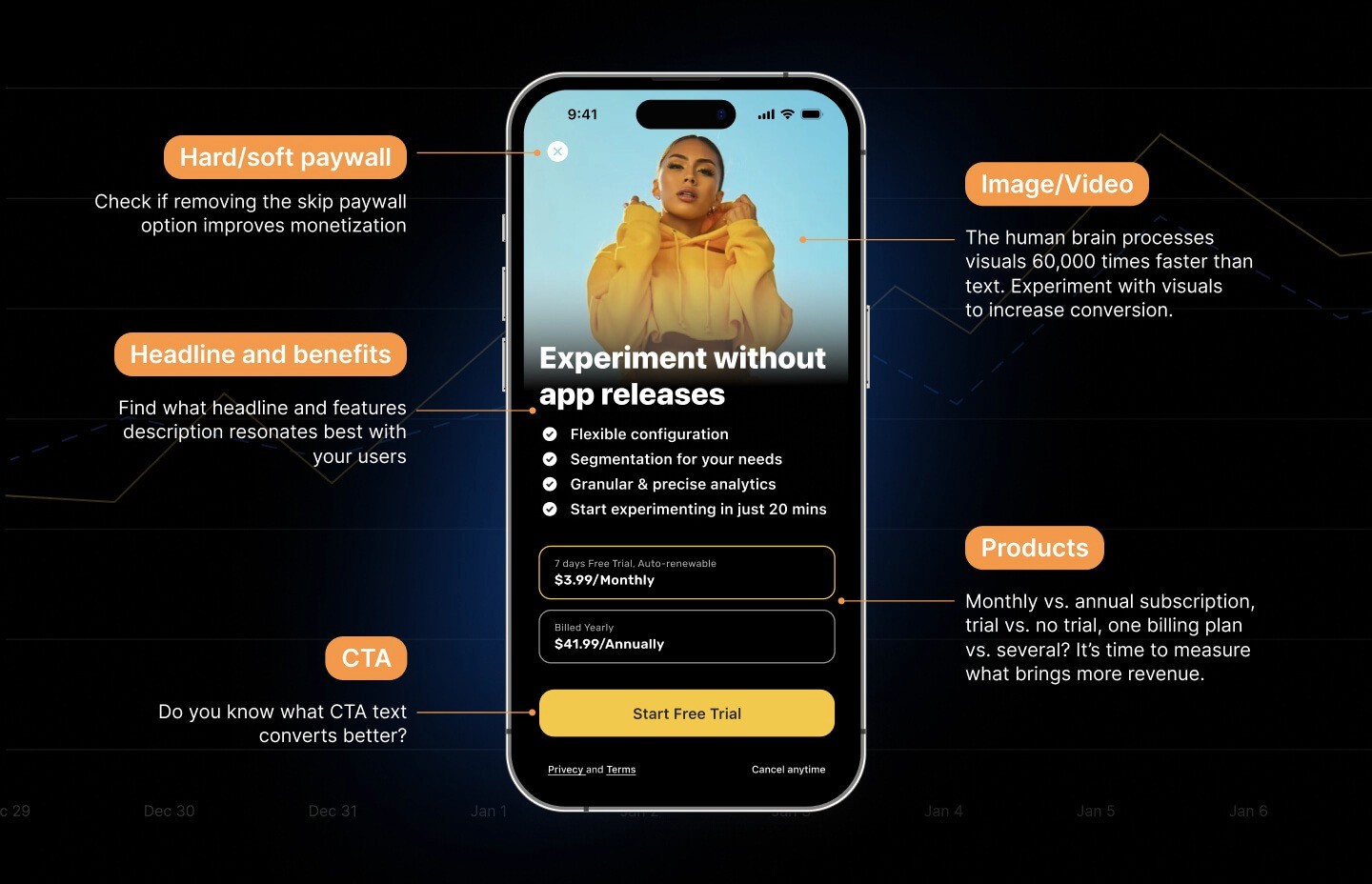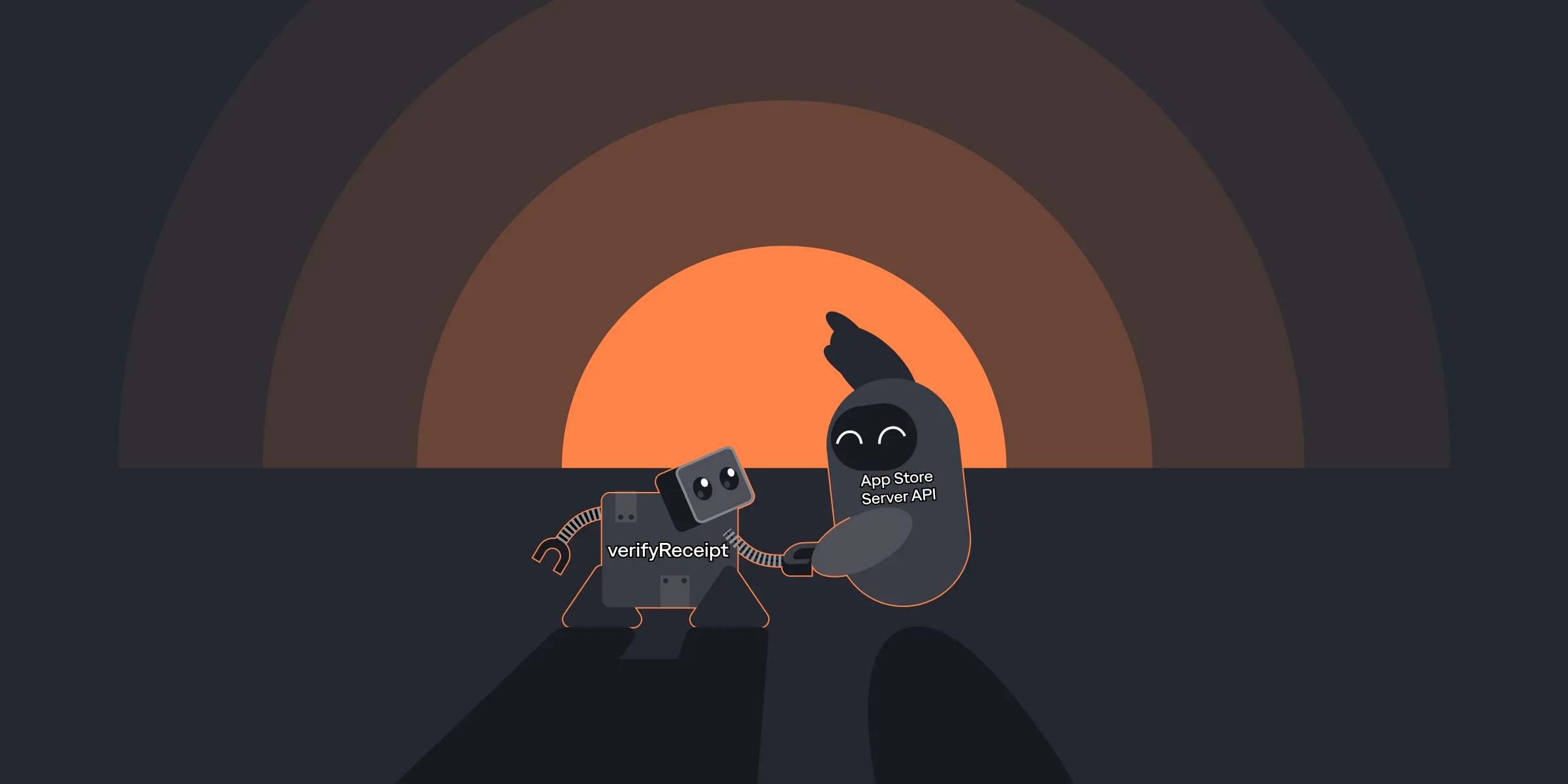Voluntary vs. Involuntary Churn
Voluntary vs. Involuntary Churn

Kate

Kate
Jun 6, 2022
Jun 6, 2022
Learn the differences between voluntary and involuntary churn and strategies to manage them in subscription services.
Learn the differences between voluntary and involuntary churn and strategies to manage them in subscription services.














